How curious are you?
It’s one thing to say you’re curious, but how do you prove it?
In 2020, a month before the pandemic hit, I went to Salzburg, Austria.
For 36 hours.
Why?
Because I wanted to learn about Mozart.
I was finding conflicting information online, and figured the best way to get the answers I wanted was to go to the town that is synonymous with Mozart.
But while I was touring Wolfgang’s birthplace and residence, I saw something else that made me even more curious…
Who was the woman sitting next to Mozart in this painting?
I was curious…
In the 1760s, a young musician named Mozart was described as a ‘prodigy’, a ‘genius’ and ‘virtuosic.’
But I’m not talking about Wolfgang Amadeus Mozart.
These words were used to describe Maria Anna Mozart, nicknamed ‘Nannerl’ – the older sister of the more famous Mozart we know today.
Nannerl was born in the summer of 1751. Her father Leopold was a court musician and began teaching his first-born child to play harpsichord when she was 8 years old.
Nannerl was a skilled musician, noted by Leopold’s letters from the time. Her brother Wolfgang was five years younger, and likely picked up some musical inspiration watching his older sister during her musical training.
Leopold began Wolfgang’s musical training at an even earlier age. He noted his son’s skill when he wrote:
“This minuet and trio were learned by Wolfgang in half an hour, at half-past nine at night on the 26th of January 1761, one day before his fifth birthday.”
But growing up, Nannerl was just as skilled as her brother.
During their childhood, the two toured Europe together to equal acclaim. In some cases, Nannerl was actually described as the superior musician.
In 1762, Nannerl (then 11) and Wolfgang (then 6) traveled to Munich to play for Elector Maximilian III.
An aristocrat, Count Karl von Zinzendorf saw Wolfgang and Nannerl play in Munich and recorded his thoughts in his diary:
“The little child from Salzburg and his sister played the harpsichord,” he wrote.
“The poor little fellow plays marvellously. He is a child of spirit, lively, charming. His sister’s playing is masterly, and he applauded her.”
In the summer of 1763, the Mozart family set out on ‘The Grand Tour’, an 88 city tour across western Europe.
Nannerl and Wolfgang were promoted as the “Wunkerkinder” and they played concerts (that exceeded three hours) for royalty as well as townspeople.
Nannerl received top billing on this tour, and one reviewer wrote of her in 1763:
“Imagine an eleven-year-old girl, performing the most difficult sonatas and concertos of the greatest composers, on the harpsichord or fortepiano, with precision, with incredible lightness, with impeccable taste. It was a source of wonder to many.”
Leopold was also impressed with his daughter’s skill, writing in a letter:
“My little girl plays the most difficult works which we have… with incredible precision and so excellently. What it all amounts to is this, that my little girl, although she is only 12 years old, is one of the most skilful players in Europe.”
It was acceptable for Nannerl to play music and tour as a young child, but not as an adult.
At age 18, she became eligible to marry, and her father ended her days on the road.
She returned to Salzburg in 1769 to find a husband, while Wolfgang continued to tour with his father.
Nannerl never toured again.
But Nannerl didn’t just play – she also composed. She sent one of her compositions to her brother in 1770, and he wrote to her:
“My dear sister! I am in awe that you can compose so well, in a word, the song you wrote is beautiful.”
From 1772 on, she taught the piano in Salzburg, and her work added to her father’s reputation as a masterful teacher.
Though she had many suitors, Nannerl did not marry until 1784. Her husband was a twice-widowed magistrate who had five children from his previous marriages.
Nannerl gave birth to her first child, a son she called Leopold, in 1785. Interestingly, after he was born the baby Leopold stayed in Salzburg with his grandfather, while Nannerl returned to her husband and his five children.
Scholars debate if this was because the elder Leopold hoped to train another Mozart musical prodigy, or if it was due to Nannerl’s living situation (and the five children she was already caring for).
But Nannerl’s father died just two years later, so he wasn’t able to train her son as they may have hoped. Nannerl had two more children with her husband.
She became a widow in 1801 and returned to Salzburg with her two living children.
Nannerl outlived her brother Wolfgang (who died in 1791) and contributed to the books that were written about him during her lifetime.
She died on 29 October 1829, at age 78, and was buried in St Peter's Cemetery, Salzburg.
None of Nannerl’s music survived.
Musical scholars debate how much she may have written, and the role she played in her brother’s musical education and career.
But there seems to be no question that Wolfgang Amadeus was not the only Mozart with musical talent…
FUN FACT: You can’t walk past three shops in Salzburg without seeing small balls of foil wrapped candy with Mozart’s picture in the window.
When I first visited Salzburg in 1998, I thought this must be tacky touristy candy. But when I visited again in 2020 (with the help of google), I learned that this candy – Mozartkugel – is chocolate with a marzipan center and layers of pistachio and nougat, and it dates back to 1890.
Recent Work and Writing
Read My Pins — Former US Secretary of State Madeleine Albright found a creative way to communicate…
Melanie Lynskey is My New Hero — Actress Melanie Lynskey knows what it takes to be a successful working mom. And she told the world…
Want to Help Women on International Women’s Day? — Here’s an idea that doesn’t involve performative pink posts and men wearing high heels.
Nicole Can’t Win — Nicole Kidman’s recent cover of Vanity Fair received a lot of attention. But what does the criticism say about how our expectations for women?
Seven Communication Lessons from Legendary Coach Phil Jackson — Need a bit of communication inspiration from basketball? Here are 7 lessons from the NBA coach Phil Jackson.
How Can I Help?
Communication matters.
So many companies could reap so benefits – from performance and culture to retention and engagement – by improving their communication.
If you want to improve your communication (and get all the good things that come with that), I’m your gal.
I help clients with communication strategy, planning, and thinking.
And I do the ‘doing’, too.
I also teach people the skills to help them become better communicators and leaders through 1:1 coaching and team workshops (that are effective - and fun!).
So, if you know someone who could benefit from some help (as even the most seasoned leaders do), please get in touch and check out my website for more information.
And if you see any communication examples (the good, the bad, and the ugly) that you think are worth analyzing or sharing, please send them my way!
Keep Smiling — and Stay Curious!
-Beth





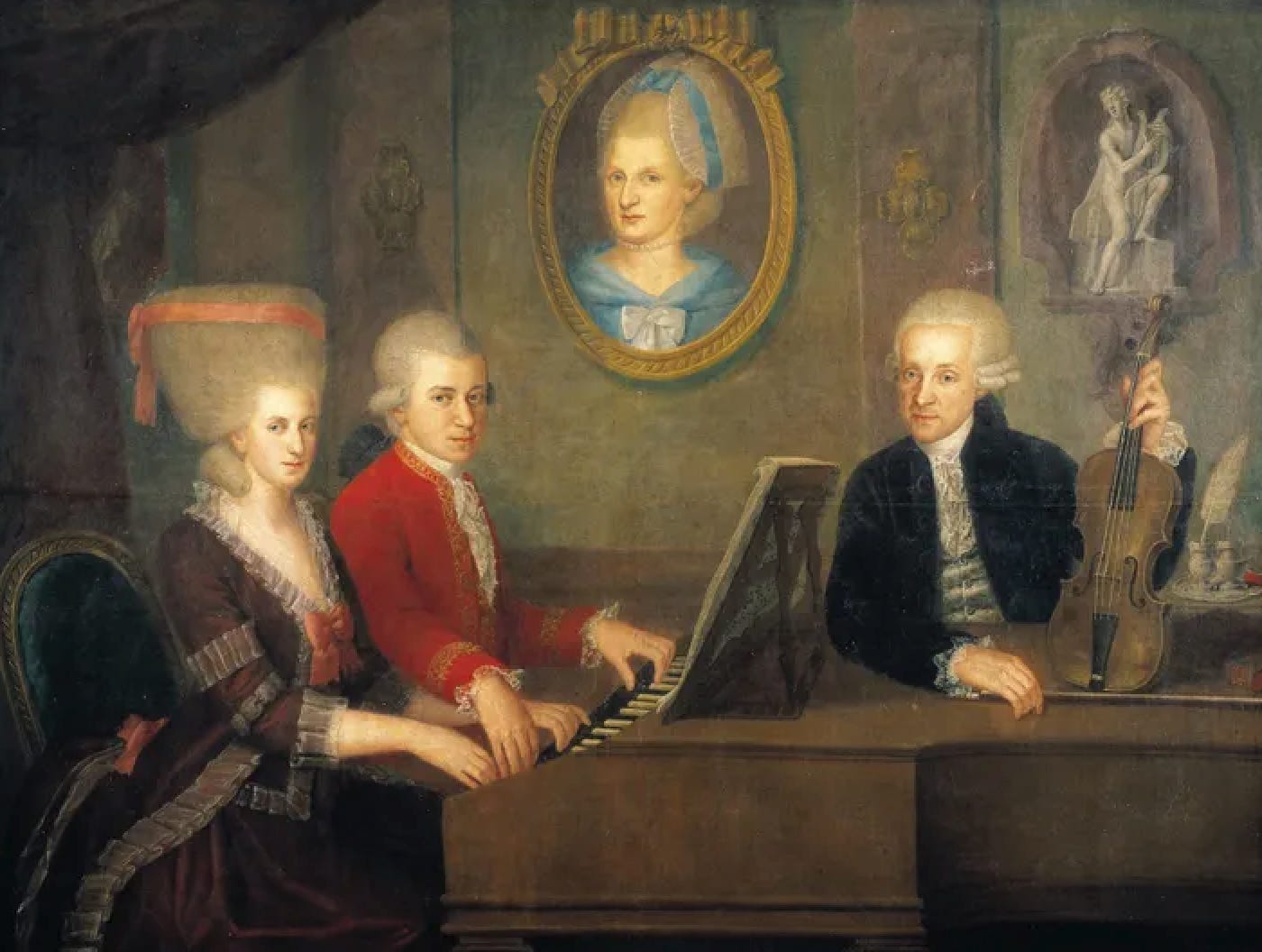

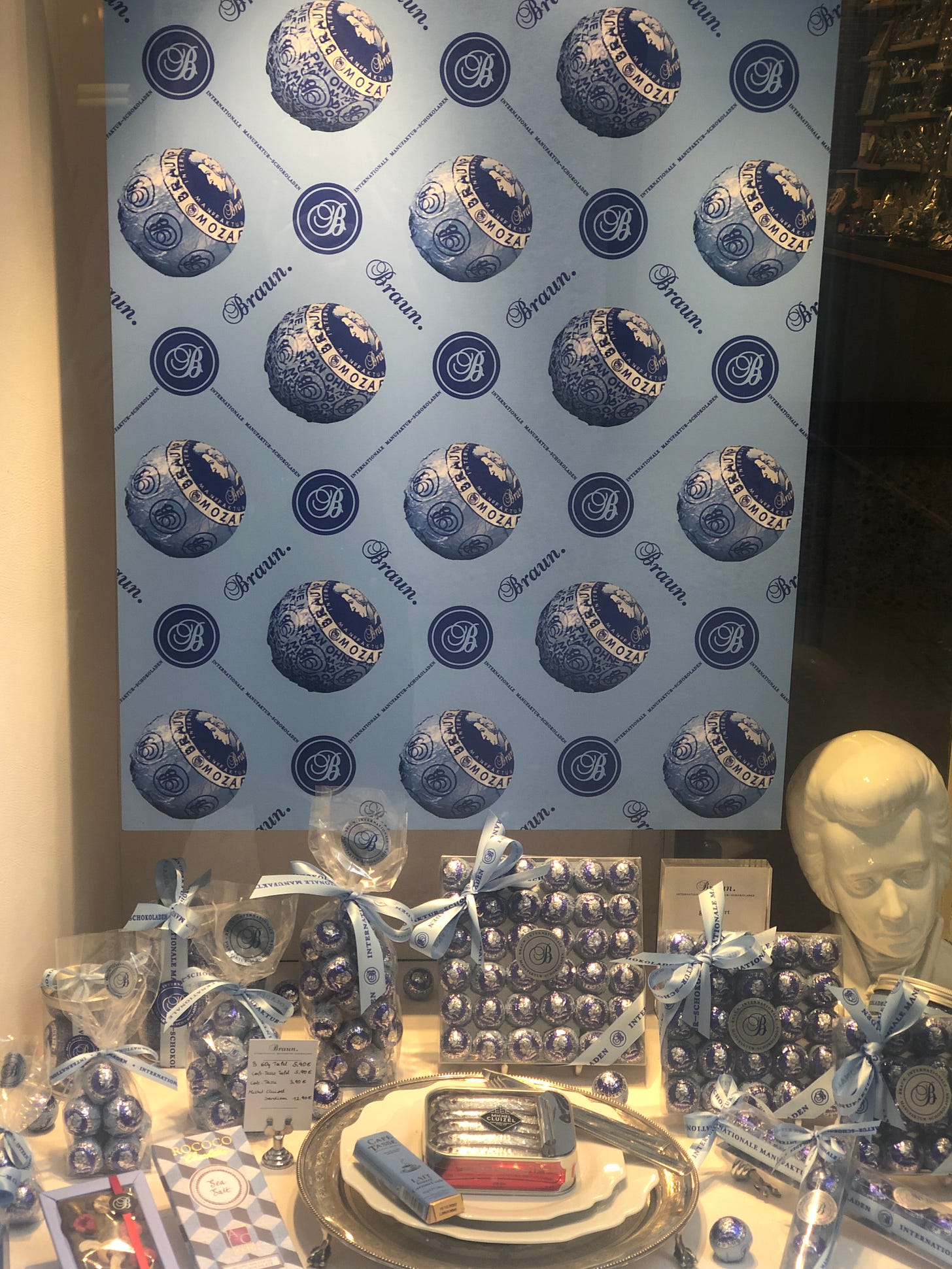
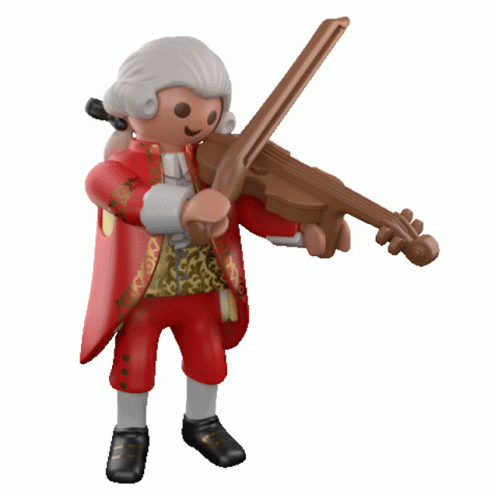
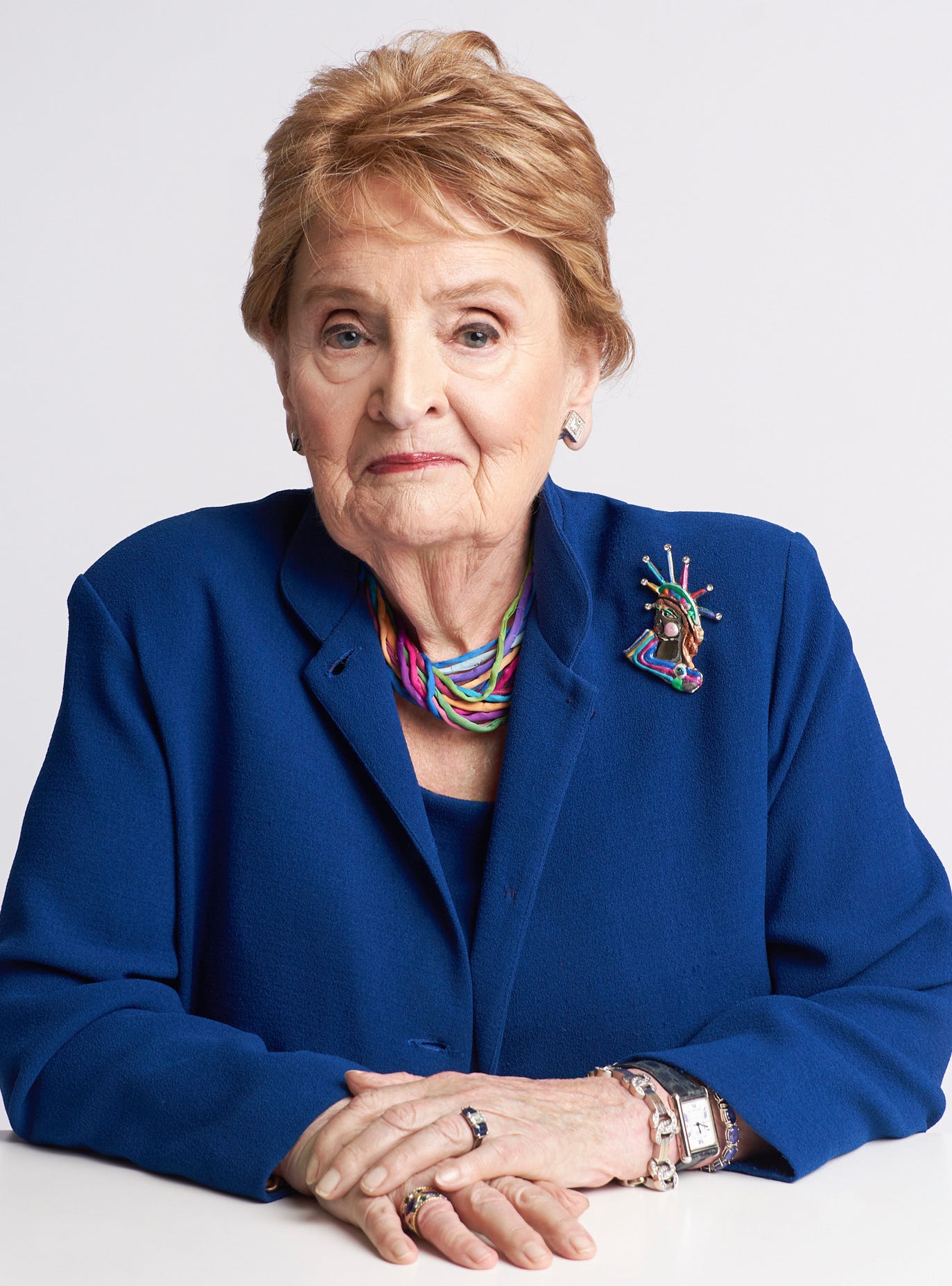
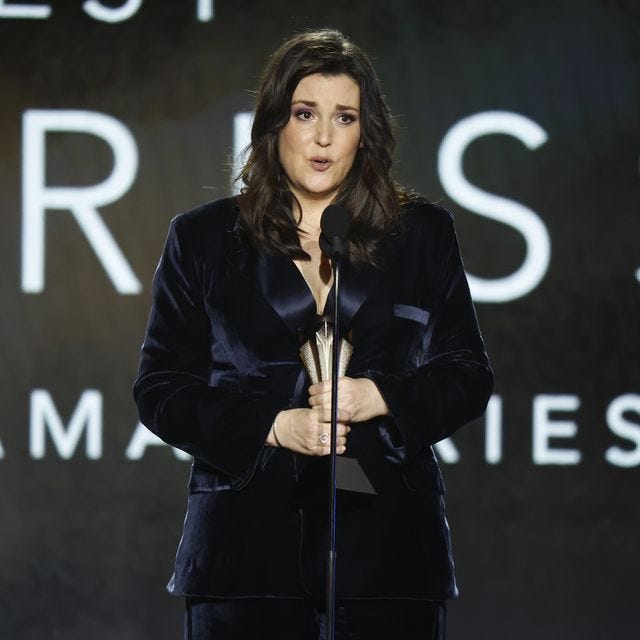

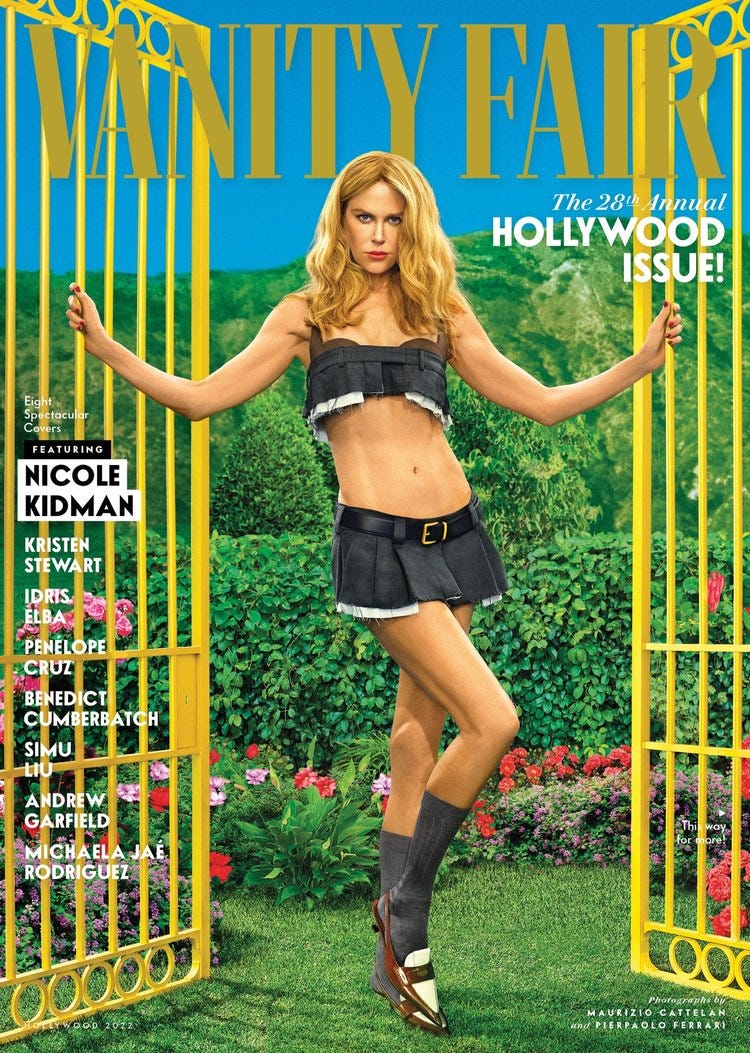
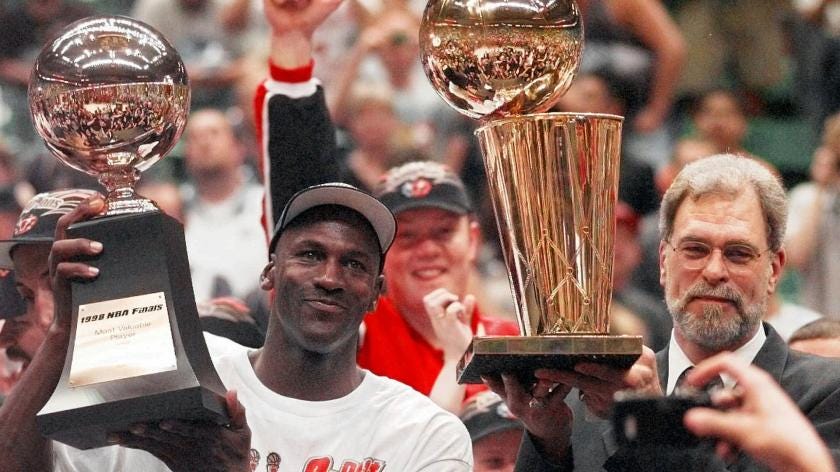


Share this post